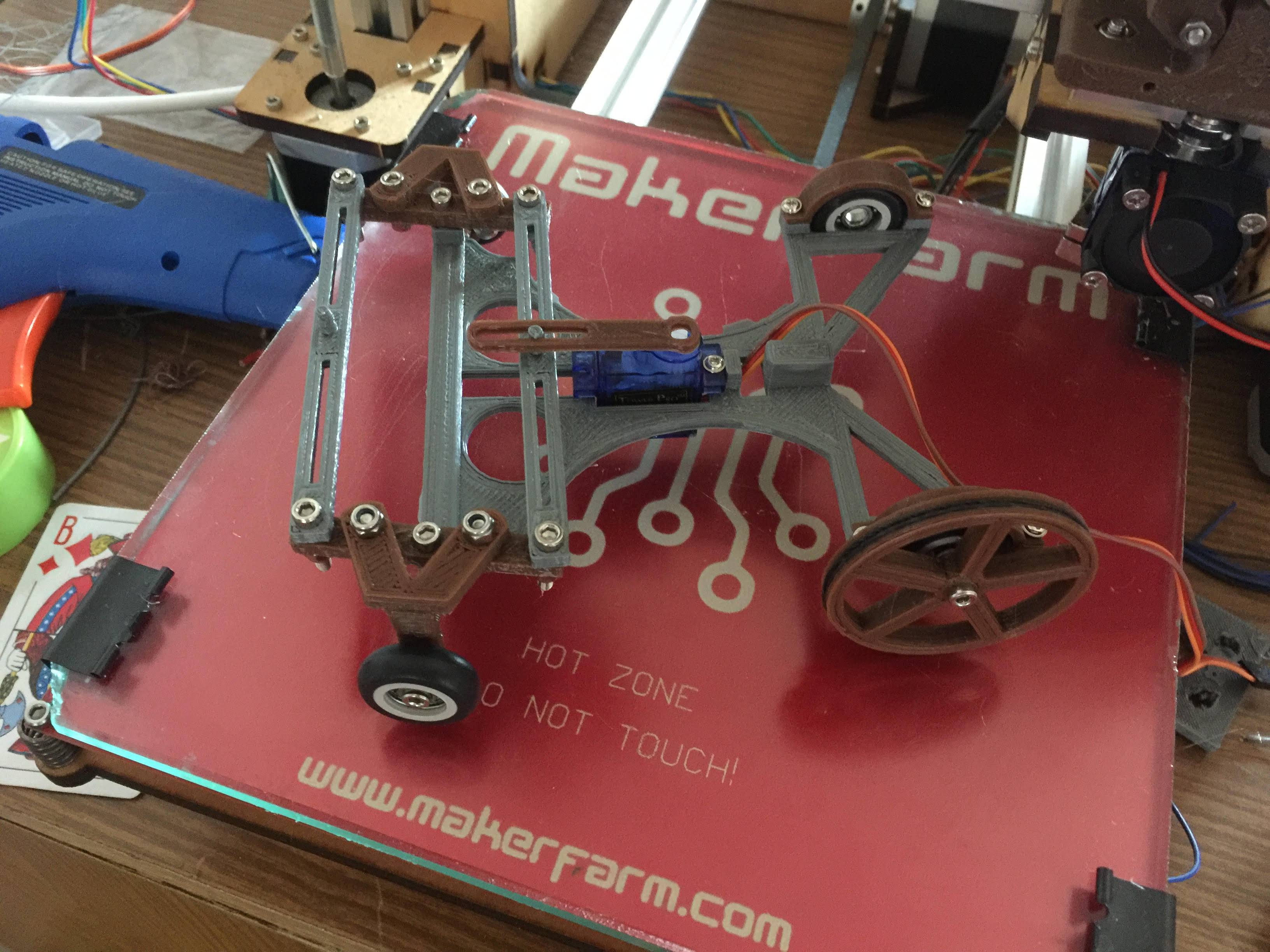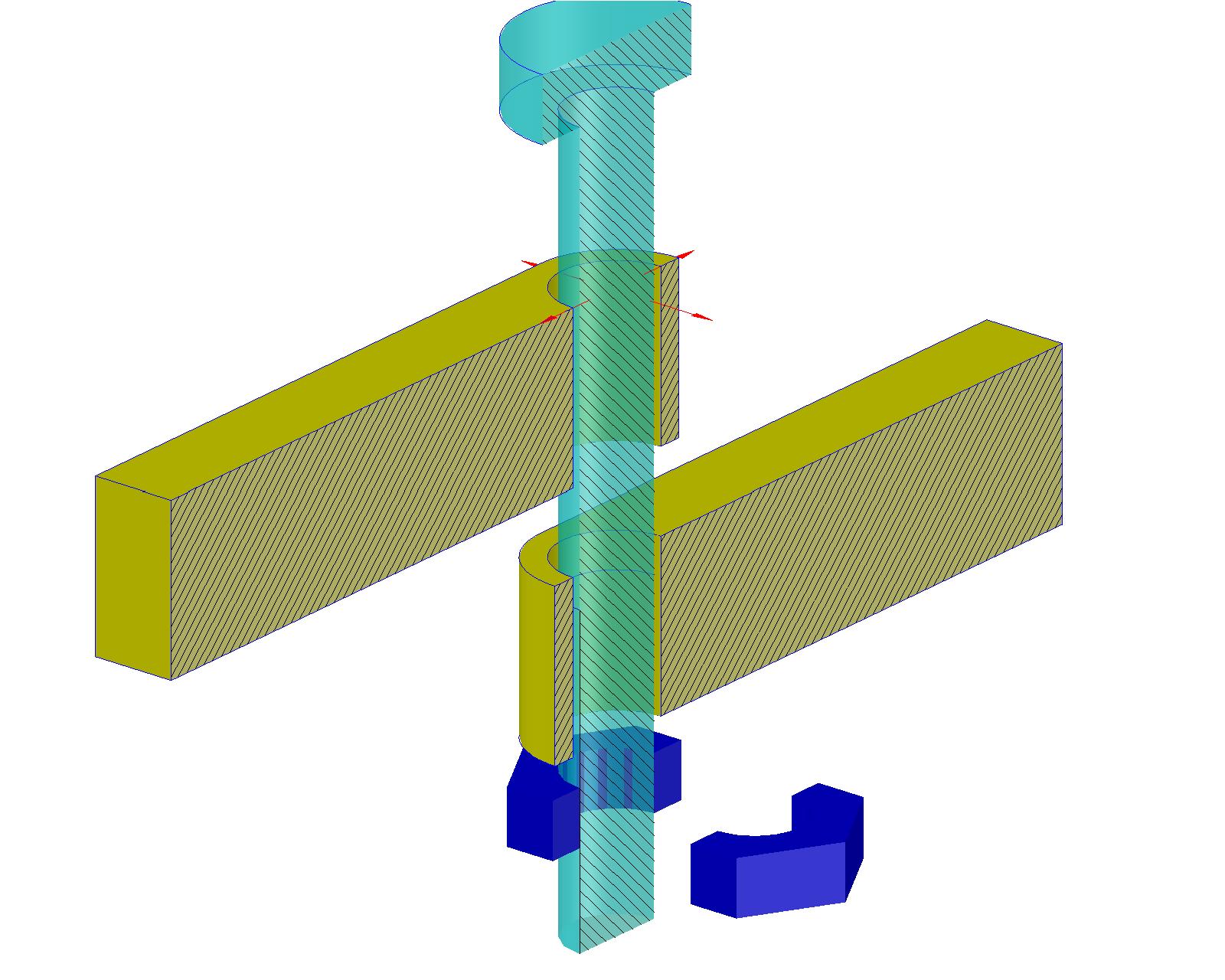I have asked this question in 3DPrinting.stackexchange forum but got no answer answer. Please take a minute to see if you can help.
I am building a simple RWD vehicle using 3d printer parts. See the picture below. 
As you can see from the picture, I am using 3d printed linkages for steering mechanism and I used regular bolt and lock nuts to secure them together (thats what I had laying around the house at the moment). The problem here is that, holes in the linkages are not exactly the size of the bolt, and because the bolts are threaded, it generates a lot of friction. Other than that, the bolt seems to sit loose inside the hole and creates an unstable pivot.

If I tighten the nut more, it just presses them together making it hard for the servo to operate. I am looking for a solution that will use simple bolts, nuts and washers which can be bought easily off the shelf (or even with the bolts and screws everyone has around there house). What can be done to make this joint stable in xy plane, rotating freely around the bolt. By the way, even though I used nylon lock nuts, it seems to loosen after couple of repetitive rotations.
Thanks for your help in advance and I hope ya'll have a great day.